Garden aspects: understanding the direction your garden faces
 Lee Burkhill: Award Winning Designer & BBC 1's Garden Rescue Presenters Official Blog
Lee Burkhill: Award Winning Designer & BBC 1's Garden Rescue Presenters Official Blog

Working out which direction a garden faces is one of the first things I do when I'm working on new garden designs. The garden aspect is a crucial part of garden planning. If you ignore the position of the sun in the garden you will struggle to find the correct plants. It also means you may not choose the best seating areas or plan paths that are then shady, damp and slippy.
It's key that you understand and plan your garden design based on the direction your garden faces first. When designing and planting a garden, you can accommodate virtually any aspect/compass direction if you understand it.
The garden aspect relates to which of the four points compass points or directions your garden faces.
Depending on which way your garden faces you will receive different amounts of sun, from different angles at different times of the day. By understanding this you can make the best design choices for where to locate seating areas, garden features, and best of all plants!
To find out the aspect of your garden take a compass, or a compass app on your smartphone, and then point it out towards the back of your garden. As if you are facing away from the house and into the garden. This gives you the main aspect.

If you have a wrap-around garden then each side will give you another compass direction. This means you can tailor each side based on the light levels and how the sun moves around your garden.
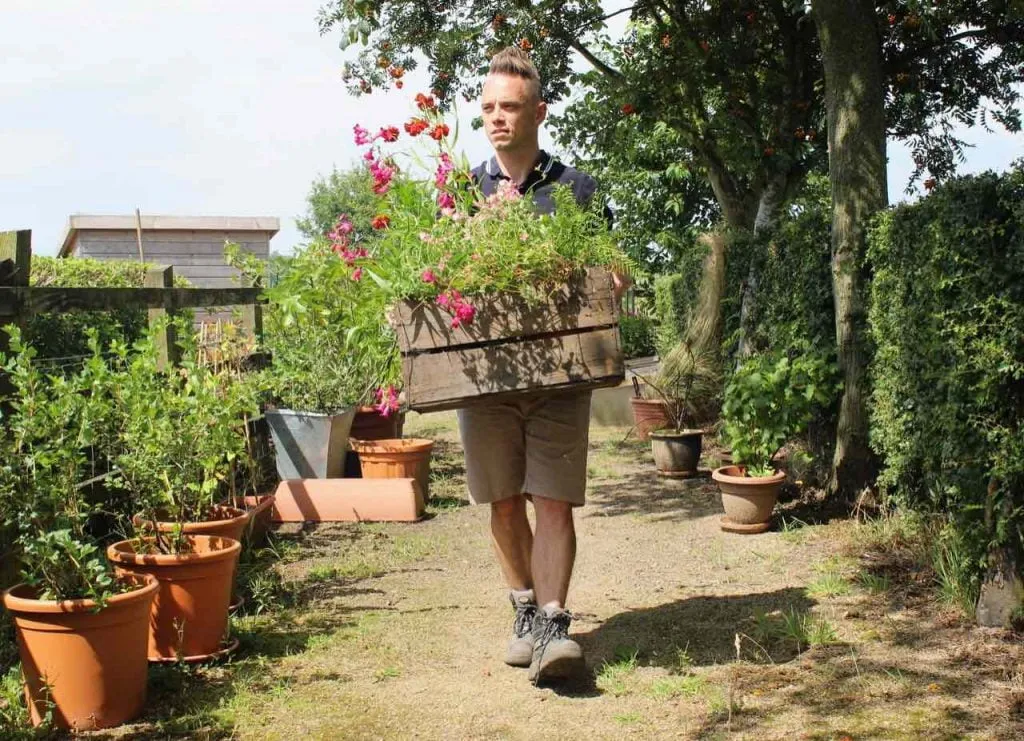
The sun rises in the East and sets in the West. This is because the Earth spins with a rotation towards the east. The diagrams below are for Gardens in the Northern Hemisphere, Southern Hemisphere aspects need to be switched.
Each compass point will provide different amounts of sunlight during the day and evening. It's worth noting that garden shade will move throughout the day as the sun arcs over your property. Below are the four main aspects your garden will face and how that affects the shade and sunlight during the day.
These guides are to give you an idea of where the shade will predominantly lie. This means that the shaded areas will be colder and receive less light than the non-shaded areas. It is also affected by neighbouring properties, trees, fences and other obstructions.
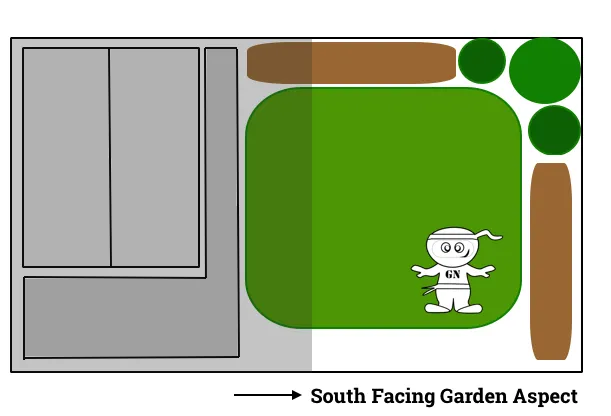
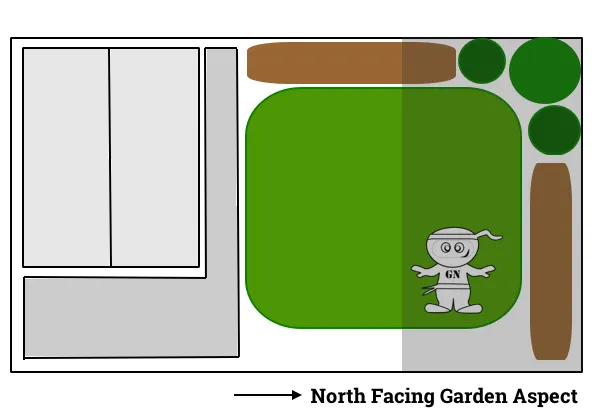
Another helpful tip is to see what plants and trees are flourishing in your next-door neighbour's gardens to each side. This can be a good trick to work out what kind of plants work well in your aspect. Take your time when planning your garden, really work out where the sun moves to and from.
Think about your garden design and where you would like to sit, eat, relax and sunbathe. The same goes for your plant choices, a few carefully considered planting groups will work much better than a 'pick and mix' have-a-go planting scheme.
Did you know that you can take my course and learn how to become a Garden Ninja yourself? Click here for details
Understanding your garden aspect impacts all of your garden design choices. By knowing where the sun falls in the garden at different times of the day you can better plan your garden design. Resulting in a far more successful design than if you just guess.
The aspect of a garden determines how much sunlight different areas receive, affecting plant growth and health. Allowing you to carefully choose plants that will thrive rather than struggle
Sun-loving and shade-tolerant plants need to be chosen based on the garden's aspect to thrive. Ignoring this is at your peril. Understanding aspect allows you to take this into consideration.
Different aspects create microclimates within the garden, influencing temperature, humidity, and wind exposure. Allowing you to avoid putting planting beds or a seating area in a frost pocket for example.
Aspect affects how sunlight and shade patterns shift throughout the day and across seasons, impacting plant growth cycles. This is especially true for greenhouses which need more sun in summer than winter allowing you to plant their position more effectively.
Understanding the garden's aspect helps in positioning structures and features for optimal energy efficiency, such as placing outdoor seating in sunny spots for warmth.
The play of light and shadow created by the garden's aspect adds visual interest and depth to the landscape design. It may influence your positioning of trees or trellis screening to enable shadows to be cast on certain parts of the garden.
Aspect influences the layout of functional zones within the garden, such as positioning outdoor entertaining areas to maximize sunlight during the day or avoid being baked in the middle of summer!
Certain aspects may attract or deter wildlife, impacting biodiversity and ecosystem health in the garden. You don't want a bug hotel in full sun for example of a pond in complete shade.
Different aspects provide opportunities for micro gardening techniques like vertical gardening or creating shade gardens in sunny spots.
By working with the garden's aspect, gardeners can reduce water usage, minimize erosion, and create sustainable landscapes that harmonize with the natural environment.
Most people are aware of the 'South facing' garden and how this is the holy grail for horticulturists. This is because south-facing gardens usually get full sun all day long. A south-facing garden gives you the widest possibility for both design and planting.
You can always create shade in a south-facing garden if it gets too hot but you can't create sunlight in a shaded north-facing garden. This is why south-facing gardens are often highly sought after.

A south-facing garden is not the be-all and end-all though. I'm going to help explain using diagrams and examples of how to work out the aspect of your garden. I'll also be sharing hints and tips in the guide below on garden aspects to help you get the most out of your garden.
One thing that lots of gardeners and even garden designers fail to consider is buildings, trees, or other structures that will change the shade levels in the garden.
For example, a designer may use their compass to work out a new client's garden that is south-facing. They note it down on the garden survey and then progress to design a full sun garden. However, they fail to take into consideration a summer house next door that during the afternoon completely shades the back part of the garden where they have placed a patio.
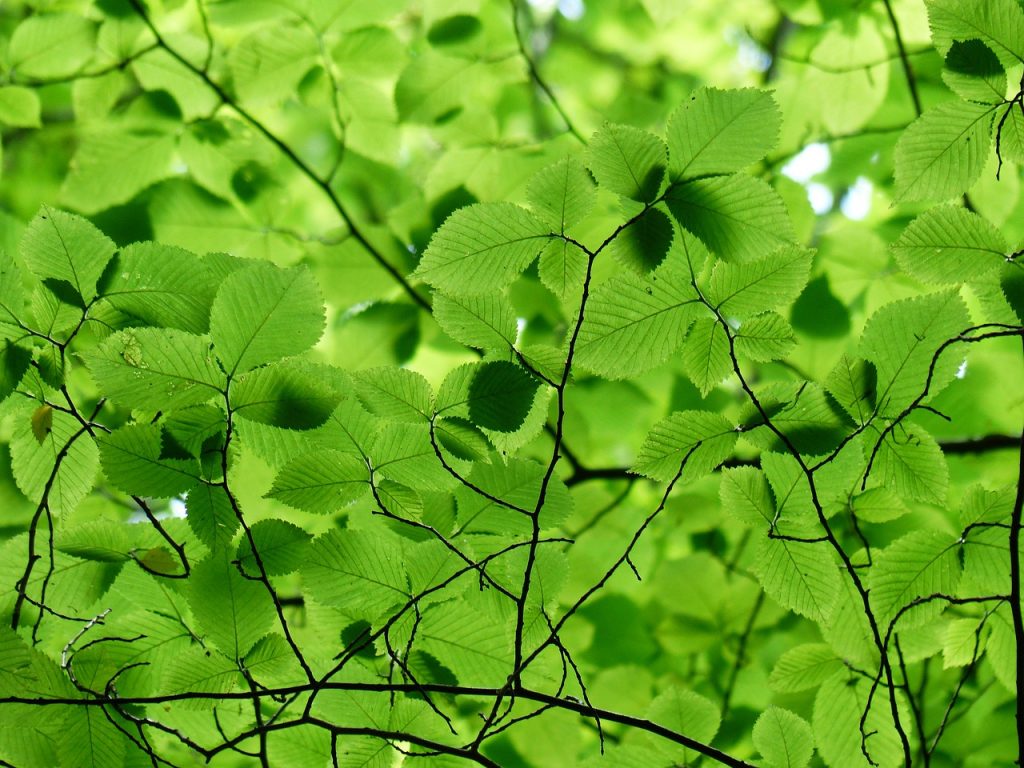
This is where using a shade plan is essential. Let's have a look at how you can create a shade map of your garden.
A shade map allows you to easily see where the sun or shade is at any 3-hour time slot during daylight hours. It can enable far better design decisions to be made. It's created by taking a scaled outline of your garden (a pencil sketch will do) and marking the sun or shade on the paper each 3-hour intervals in the daytime. That way you can see where the sun and shade may be. Saving costly mistakes with garden planning!
Drawing up a shade map of your garden can be a helpful tool for planning the placement of plants and structures. Here's a detailed guide on how to create one:
Collect materials such as graph paper, a ruler, a pencil, an eraser, and colored pencils or markers.
Using a tape measure, determine the dimensions of your garden area. Record the length and width in feet or meters.
On the graph paper, draw a rough outline of your garden space to scale. Each square on the graph paper can represent a certain measurement, such as one foot or one meter. Use the ruler to ensure accuracy.
Mark the location of any permanent structures in your garden, such as buildings, fences, walls, or large trees. Use a different colour or symbol to differentiate these structures from the rest of the map.
Note the orientation of your garden, including the direction of north, south, east, and west. This information will help determine where the sun shines at different times of the day.
Spend time in your garden throughout the day to observe how sunlight moves across the space. Note areas of full sun, partial shade, and full shade at different times, such as morning, noon, and afternoon.
On your map, use coloured pencils or markers to shade in areas of partial or full shade. Use different colours to represent different levels of shade intensity.
Add labels or annotations to indicate the time of day when each shaded area occurs. For example, you could label a shaded area as "morning shade" or "afternoon shade."
Based on the shade patterns, identify suitable planting zones for different types of plants. Shade-tolerant plants can thrive in areas of partial or full shade while sun-loving plants require more sunlight.
Review your shade map to ensure accuracy and clarity. Make any necessary adjustments or corrections. Once you're satisfied with the map, consider laminating it or placing it in a protective sleeve for future reference.
By following these steps, you can create a detailed shade map of your garden to guide your planting decisions and maximize the use of available sunlight.
With a south-facing garden choose plants that enjoy full sun and warm temperatures. There are obviously plants that will cope with a bit of dappled shade too but here are some full sun worshipers! A few examples to get you started would be
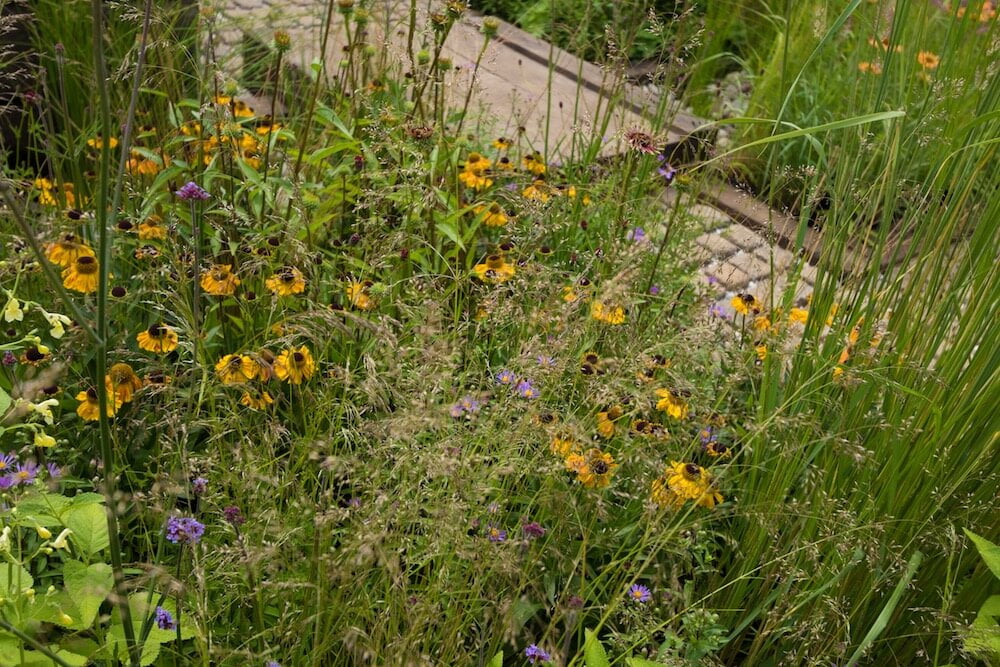
Prairie planting schemes will work incredibly well in these gardens as they love full sun and a mix of moist & dry conditions. Grasses will tolerate dry and damp conditions whilst Prairie plants like Heleniums love a damp sunny spot. Have a look below at how even a small garden can benefit from a prairie border scheme.
Any plant that thrives in shade or cooler conditions will love a North Facing Garden. Given the fact that north-facing gardens receive the lowest light levels, you're going to need plants that enjoy these conditions in the wild.
A selection of popular north-facing garden plant examples are:
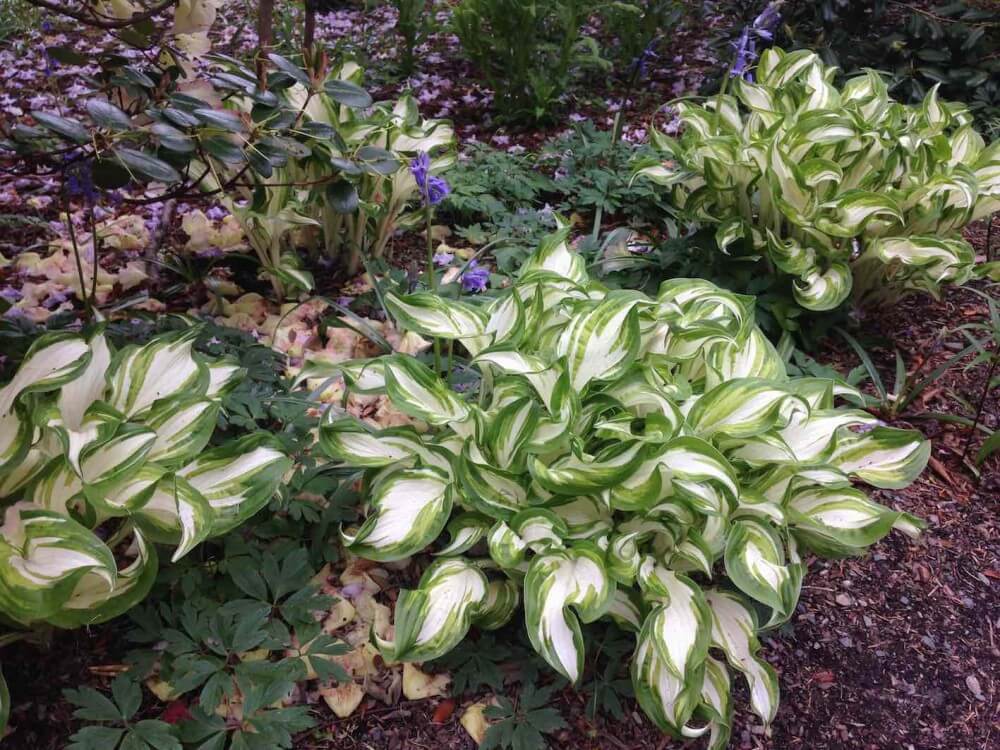
Now for East and West, it's not quite as critical as you are going to get a mix of light and shade. The best advice would be to choose plants carefully for parts of the garden that feature more heavily in the shade or full sun. You really have the best of both worlds!
As east-facing gardens get morning sun, plants that need sun will also need to be positioned where the most light falls in the morning. Conversely, west-facing gardens usually get the evening sun at the end of the garden so plants that need sun will be better placed there.
Don't forget also that any structures you include in the garden will create shade even in a south-facing garden.
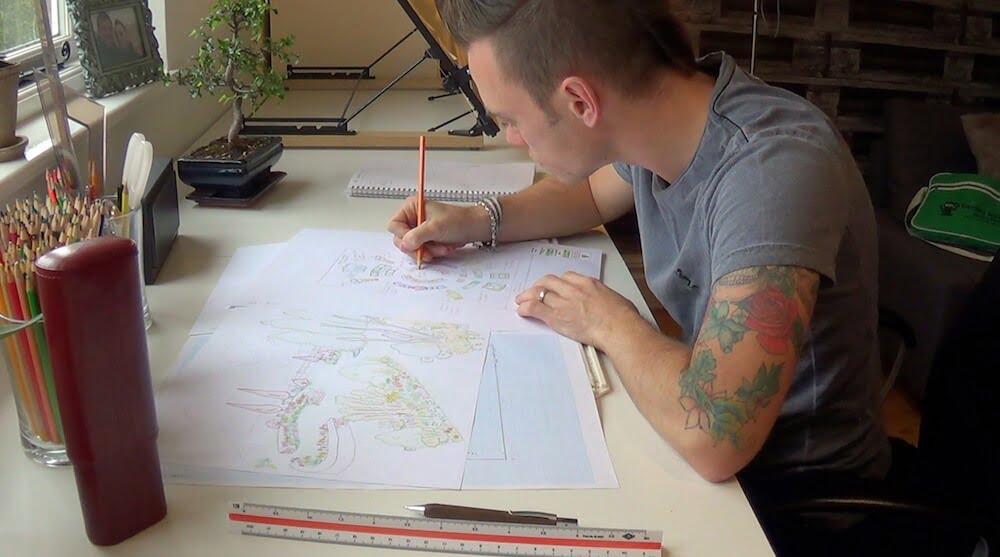
Choosing the right plant for the right place is the most sensible approach to garden design planting. As hard as you try you are not going to get a shade-loving plant to thrive in full sun or vice versa. The RHS website is an excellent resource for locating pants for aspects and soil types. It's also essential if you're designing your own garden to work out a consistent theme or feel for the garden.
The best place to start is by working out if you prefer a formal or informal garden design. Then the sky is the limit, let your creative juices flow!
Ignoring the aspect of your garden is often at your peril. As much as you may want that Fig tree to fill your garden with Mediterranean summery sunshine, if your plot is a damp North facing garden then you may need to readjust your planting requirements! That's not to say you can't have an incredible garden; it just needs a more selective plant approach.
The next thing I must urge you to check before designing a new garden is what soil type you have. Without understanding your soil, your best-laid garden design plans may fail to launch. Check Out my guide to soil types here.
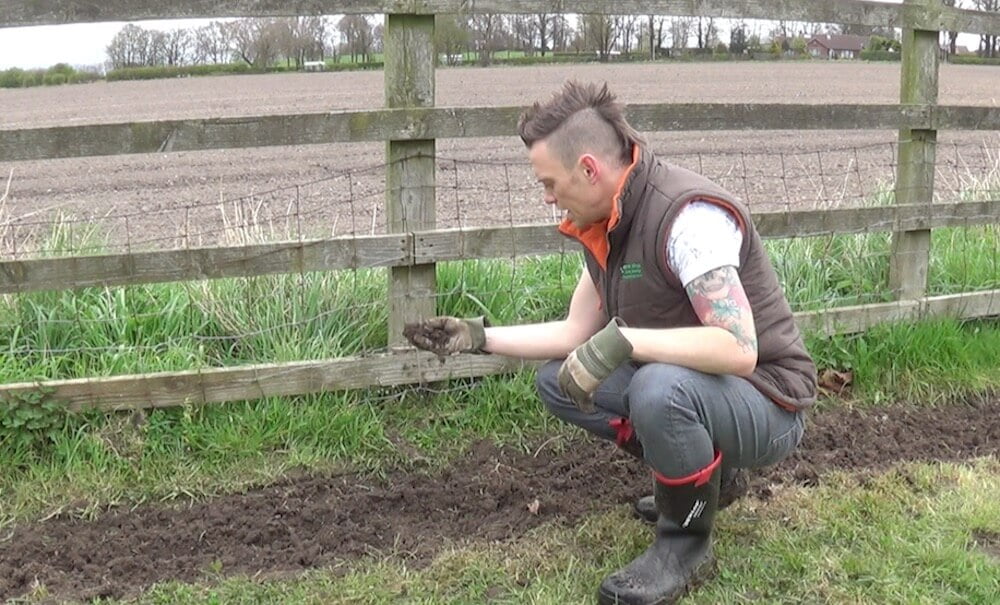
If you're new to gardening then my beginner gardening playlist below will help get you up to speed quickly! It should help you make fewer gardening mistakes and succeed more in your garden design journey!
Need more help with your garden? Why not get in touch on social media using the links below or use Garden Ninjas garden design service?
You can Tweet, Facebook or Instagram me with your questions or ideas! You can also follow me on Youtube where I’ve got plenty of garden guide vlogs.



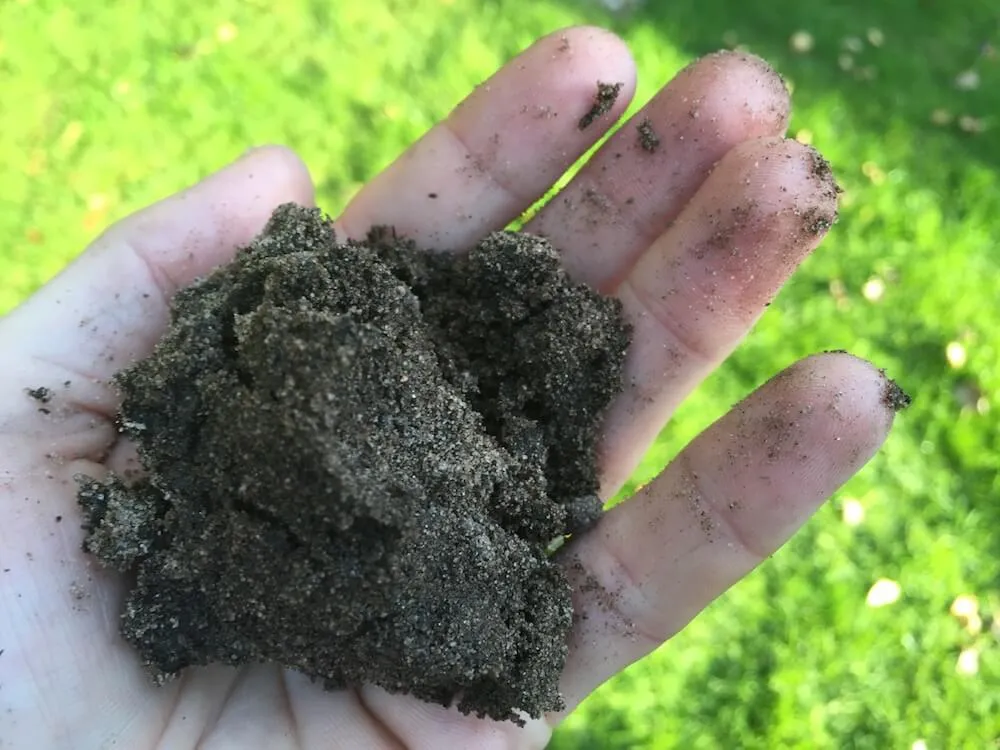
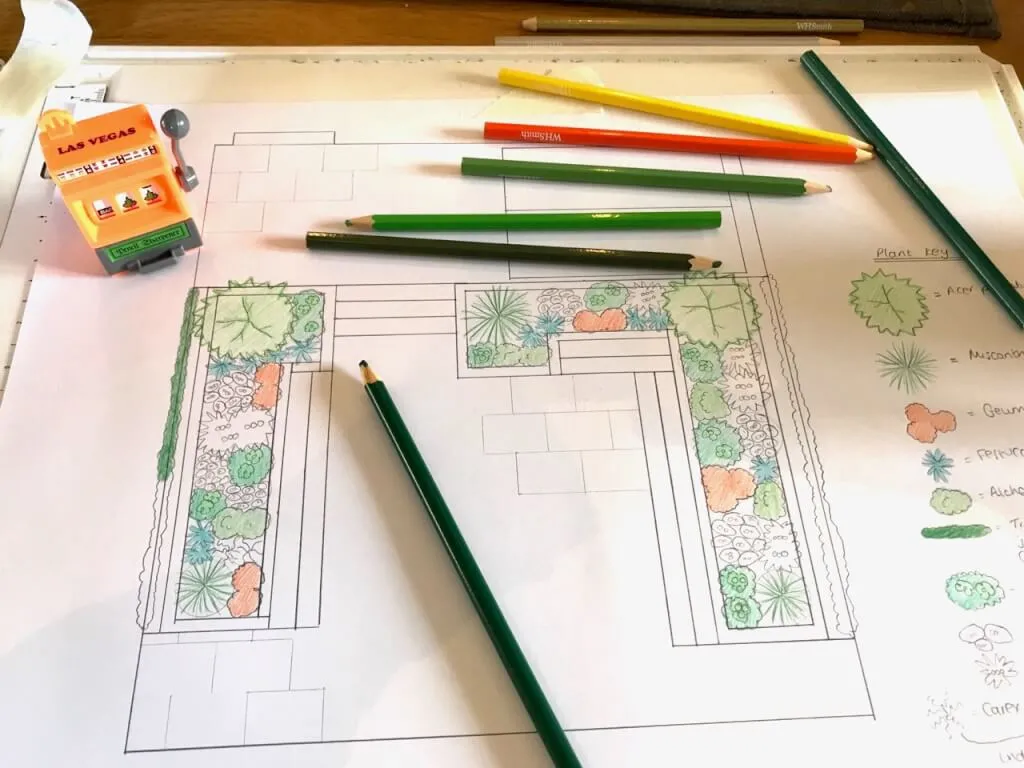
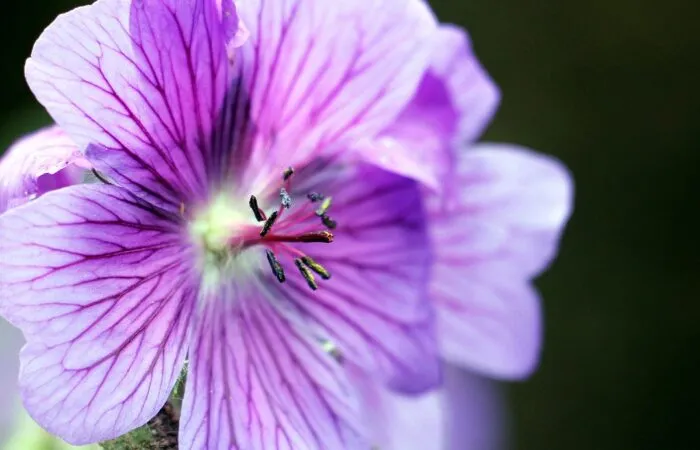
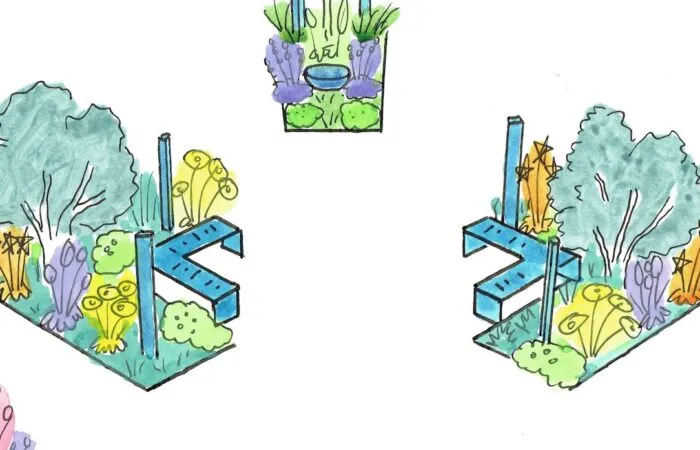
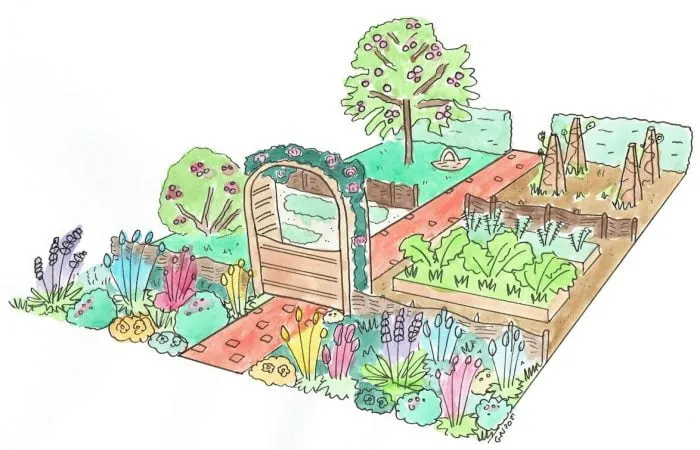


JOIN THE NINJAS
Join our Ninja community for extra guides & Discount Codes for Online Garden Courses!
Thanks Garden Ninja, I never understood aspects before and used to get so confused on what garden aspects actually referred to!
I love Hostas but have a very open south east facing garden, can I plant them in full sun?
Jill.
Hi Jill, Thanks for the feedback on my garden design blog! I’m glad my garden aspects post has helped you to understand the positioning of your garden correctly.
You can plant hostas in sun but you may find you need to water them more regularly and they may turn slightly yellow if in real heat and sun. Garden Ninjas advice would be to plant them under a tree or somewhere with at least some shade then you can get the best out of them. It also adds a nice foliage rich texture to shady areas! Or plant it in a pot and see how it does in the sun one year before committing it to the ground!
All the best
Lee
I’m thinking of buying a house with a north/west garden, as a keen gardener and sun lover is this going to be a big no no? I keep looking at your fab aspect guides but I’m still confused! Help!
Hi Nicky, No of course it isn’t! It’s all about the right plant for the right place. Unless you really want to grow flowers and plants that will only survive in full sun then I wouldn’t be put off a North / West garden. You need to balance off the right house and right garden. There’s a huge selection of plants you could use. However, if you’re tick list of must-haves is all day sun (when we get it in the UK) then maybe you do need to consider a different property! All the best with your new house hunt! Lee
Hi.
Your website is fab. Trying to understand if I buy a south east garden lined by large trees at the bottom inc. One with a tpo and what looks like young silver birches planted along the remainder. How much sun I would get? Are these silver birch type trees fast growing. This is 10m from back of house.
I love gardening and being out doors do nervous!! Currently live in a west facing garden which I love and has no blockage from trees etc close by.
Any advice would be much appreciated. Thanks 🙂
Hi Rebecca,
Great to hear from you and I’m really glad you like the site!
If you’re going to buy a house with large trees the best way to see how much sunlight you would get is to book a viewing both in the morning and the early evening before the sun sets. That’s the best way to truly see where the shade lies. Birch are not mega fast growing and are usually chose by designers as they don’t cast huge amounts of shade. Birch (Betulas) canopies are usually quite thin when compared to say a large leafed variety tree such as Horse Chesnut (Aesculus hippocastanum).
Defo go and have a nosey around during those times. Other than that I’d say also think about how much time you spend outside vs inside too. You can always find a sunny spot in most gardens. Don’t give up on your dream house just because of the aspect. There’s plenty of plants for shade! Hope that helps! Lee
Great article, very useful! As few gardens are truly N, E, S or W facing it would be great if you could update (with diagrams!) to consider gardens that are SE, NW etc.
Hello Ninja!
Greetings from Northwestern Washington State. I’m so lucky that our gardening zones are similar. Just bought my first house & I have no idea what I’m doing in the garden. Your videos and blogs are great! I had to transplant a rose out of season – actually in the dead of summer – because of the move. It was hard pruned and replanted the same day. I used some root stimulator and have been feeding it worm casings. It hasn’t died – yet. But I’m worried if it will survive the winter. Is there anything I can do to help it through the cold season?
Thank you!
Hi Mary, Great to hear from you. It sounds like you’ve followed all the advice I would give you on how to transplant a rose. Cutting it back is essential along with keeping it watered. I’d give it a thick compost mulch during the winter. I’d also follow my rose pruning vlog here in late winter to make sure it bounces back! Thanks for your kind comment on my vlog and check back soon for more from me, the Garden Ninja! Happy Gardening. Lee https://youtu.be/-Occ2WuIBnU
Hi. Thanks for your video about aspect.
Very confused, as the shaded areas seem to be in the opposite areas i thought they would be.
Thank you.
Emma